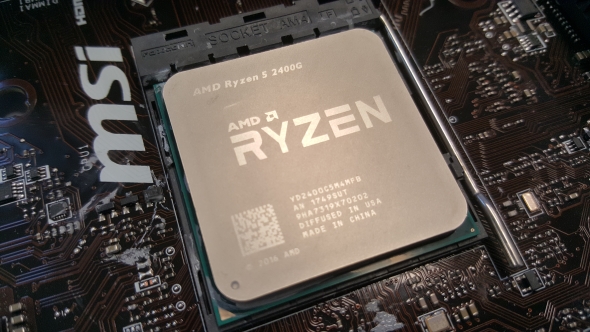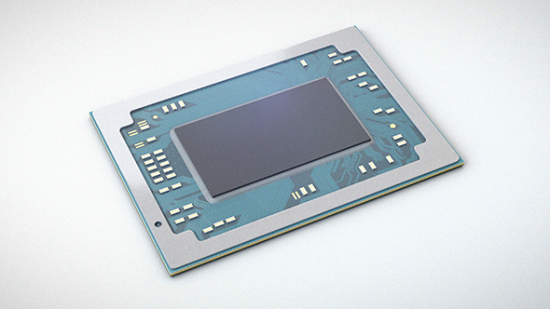It was only a few weeks back when we first heard about two new high-powered Ryzen mobile processors. The flagship of these two parts, the Ryzen 7 2800H, has recently made an appearance in AMD’s favourite benchmarking application, Ashes of the Singularity.
AMD is making a change from its ultrathin low-TDP mobile APUs and breaking into the high-performance mobile market with the H suffix chips. The latest database entry confirms Vega 11 graphics in the Ryzen 7 2800H, which is on par with the desktop Ryzen 5 2400G – although still far under the mobile Intel Kaby Lake G chips with either 20 or 24 Vega CUs.
Stuck with a trackpad for gaming on the move? That won’t do, here are the best gaming mice in existence.
In the CPU department the Ryzen 7 2800H will feature four cores and eight threads. Previous benchmarks indicate a base clock of 3.4GHz, but the turbo clock still remains a mystery. This chip should also have a little more room to flex than the Ryzen 7 2700U, however, thermal and power limitations are still going to be holding this mobile part back compared to desktop parts.
This is evident in early comparative benchmarking carried out by ComputerBase. Their comparative CPU benchmarks indicate the Ryzen 7 2800H falling short of its Ryzen 5 2400G desktop counterpart by 19% in the same Ashes of the Singularity CPU benchmark – likely due to thermal limitations. It similarly lags behind the Ryzen 3 2200G by 11%.

AMD’s mobile market share isn’t faring too well versus Intel’s mobile processors, and the latest reports from market analysts put AMD at roughly only 3.2% of the mobile processor market in Q2, 2018. The Ryzen Mobile lineup, as it currently stands with exclusively 15W TDP chips, only accounts for 0.5% of that share.
AMD are likely hoping high-performance processors will open new doors and support fresh, lucrative deals with OEMs that will allow it to pull back market share in the mobile segment as swiftly as the company managed to return to form in the desktop market – which in Q2 2018 stood at 15.2%.
